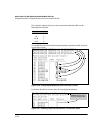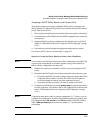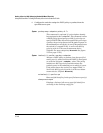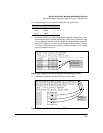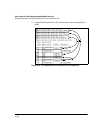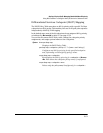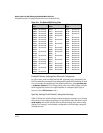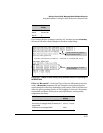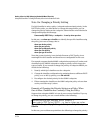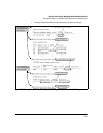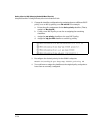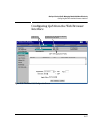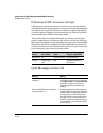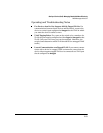
Quality of Service (QoS): Managing Bandwidth More Effectively
Using QoS Classifiers To Configure Quality of Service for Outbound Traffic
Note On Changing a Priority Setting
If a QoS classifier is using a policy (codepoint and associated priority) in the
DSCP Policy table, you must delete or change this usage before you can
change the priority setting on the codepoint. Otherwise the switch blocks the
change and displays this message:
Cannot modify DSCP Policy < codepoint > - in use by other qos rules.
In this case, use show qos < classifier > to identify the specific classifiers using
the policy you want to change; that is:
show qos device-priority
show qos port-priority
show qos tcp-udp-port-priority
show qos vlan-priority
show qos type-of-service
Note that protocol-priority is not included because a DSCP policy is not
meaningful for this classifier and therefore not configurable in this case.
For example, suppose that the 000001 codepoint has a priority of 6, and several
classifiers use the 000001 codepoint to assign a priority to their respective
types of traffic. If you wanted to change the priority of codepoint 000001 you
would do the following:
1. Identify which QoS classifiers use the codepoint.
2. Change the classifier configurations by assigning them to a different DSCP
policy, or to an 802.1p priority, or to No-override.
3. Reconfigure the desired priority for the 000001 codepoint.
4. Either reassign the classifiers to the 00001 codepoint policy or leave them
as they were after step
2, above.
Example of Changing the Priority Setting on a Policy When
One or More Classifiers Are Currently Using the Policy
Suppose that codepoint 000001 is in use by one or more classifiers. If you try
to change its priority, you see a result similar to the following:
Figure 15-32. Example of Trying To Change the Priority on a Policy In Use by a
Classifier
In this case, you would use steps similar to the following to change the priority.
15-54



